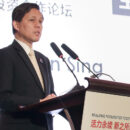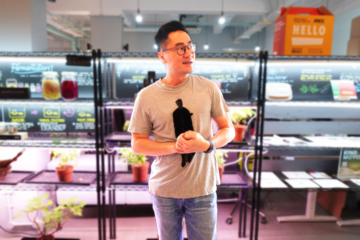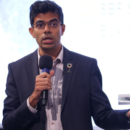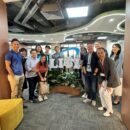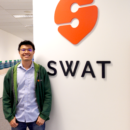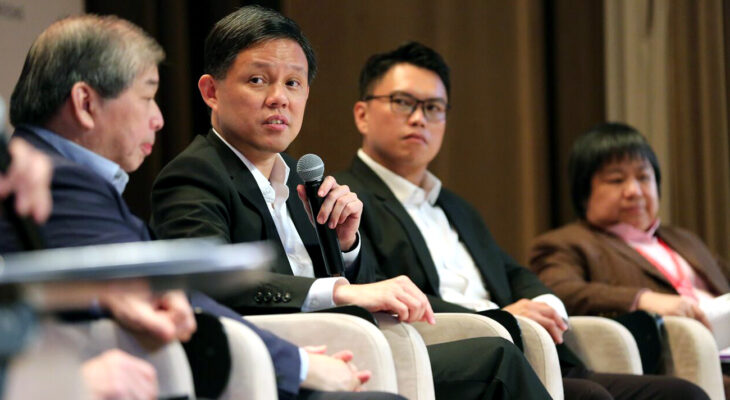
Collaborating for future growth
Greater collaboration among businesses, government and labour movement is key to success in the new economy
In the face of continued technological disruption and growing protectionism globally, local businesses looking to thrive and grow need to urgently transform the way they operate. For this transformation to happen, businesses must collaborate with the Government, unions and workers to ensure that they can stay ahead of the competition.
This was one of the key messages of the 2nd Future Economy Conference and Exhibition held on 22 October 2018. Organised by the Singapore Business Federation (SBF) and NTUC in partnership with five government agencies and 17 Trade Associations and Chambers, the event brought together some 300 participants representing businesses, labour and government. In particular, the conference focused on digitalisation, internationalisation and managing talent in the new economy.
“The key to ensuring our continued success is for us to recognise the urgency to change the way we manage our businesses, and to start transforming now. This is important, and we must work together to bring about this transformation,” said SBF Chairman Mr SS Teo in his address at the conference.
Mr Desmond Choo, NTUC Assistant Secretary-General and Director of Industry Transformation and Productivity, said that all stakeholders needed to work together to maximise opportunities and navigate the disruptions.
“Thus, the Labour Movement will work with stakeholders and tripartite partners to operationalise the government’s Industry Transformation Maps, through our network of unions to equip our workers with adaptive, technology and technical skills, so that they are ready and relevant for the jobs of tomorrow,” he said.
The highlight of the event was a ministerial dialogue anchored by Minister for Trade & Industry Mr Chan Chun Sing. Notable speakers and panellists from across public and private sectors also shared insights into major disruptions that may pose threats to future growth, as well as the urgent need for companies to begin their transformation journeys in preparation for these challenges.
The Conference further explored possibilities for businesses and workers to work closely to scale up their capabilities and build new skills by tapping resources and Government initiatives such as the 23 Industry Transformation Maps.
This year’s event also included four learning journeys to PSA Pasir Panjang Terminal, SATS Inflight Catering Centre, the Innovation Playground by Supply Chain Asia, and the A*STAR Model Factory@SimTech, which gave participants first-hand insights into adopting new technologies.
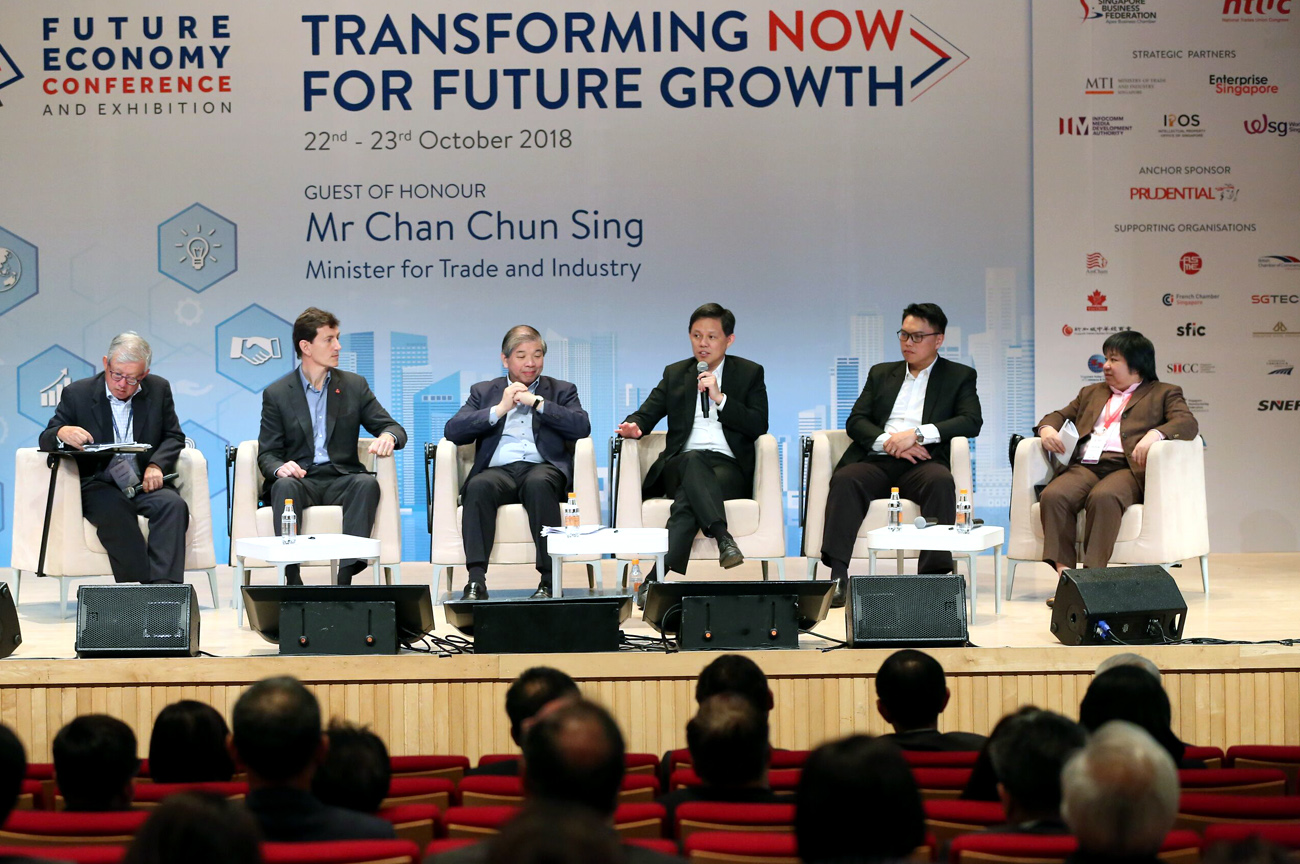
Success in transforming businesses
Industry Transformation Maps (ITM) were launched as part of a S$4.5 billion industry transformation package in Budget 2016. They are industry-specific road maps which aim to take an integrated approach where trade associations and chambers (TACs), companies, and the Government work together to help each sector prepare for the future. A total of 23 road maps covering 80 per cent of the Singapore economy have been launched.
In his address at the Future Economy Conference And Exhibition, Minister for Trade & Industry Mr Chan Chun Sing cited three common characteristics of ITM initiatives that have succeeded in helping businesses transform.
Strong TACs
A strong and focused TAC that can help their members define the problems clearly so that collectively they can find solutions, whether in the local market or by expanding to overseas markets.
Healthy labour-management relations
Strong labour-management relationship that can translate business plans into actions and training for workers in order to effect change.
Inputs from the ground
ITM initiatives that did well were those that also had ground-up inputs on the specific needs and problems that businesses wanted to overcome. Simple measures such as implementing digital invoicing, payroll and finance systems help to benefit the system as a whole and not just the individual companies.



